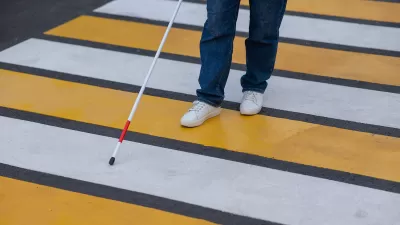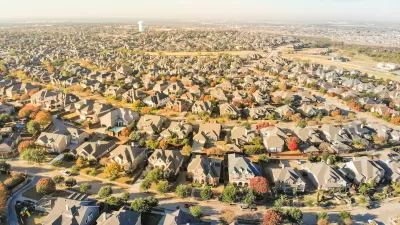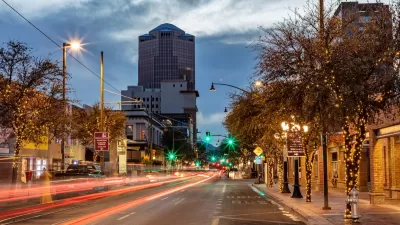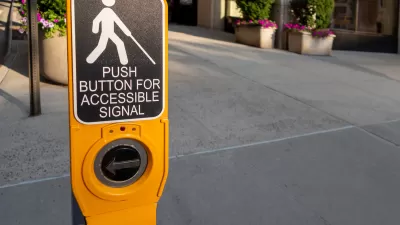A third or more of Americans cannot drive due to their age, ability, or other factors. How can their travel needs inform our transportation systems?

In an episode of The Brake podcast, Streetsblog staff interviews Anna Zivarts, author of When Driving is Not an Option: Steering Away From Car Dependency. Zivarts’ book outlines how paying attention to the needs of people who can’t or don’t drive — a population she says is likely undercounted in the United States — we can make transportation systems better for everyone.
I started really trying to figure out: how many other people are there out there who can't drive? How many people with disabilities? How many people who can't afford cars? If we talk about young folks, or folks who have their licenses suspended, and folks who are undocumented, and folks who are aging out of driving — how many of us are there?
Zivarts focuses on people who are non-drivers by necessity, meaning that they often may not have the ability, energy, or skills to use bikes or other ‘active’ transportation. “I think there's so much emphasis on efficiency in many of our systems; the piece that’s often overlooked [is] thinking about things from more of a disability perspective, and focusing instead in prioritizing inclusion [and] access.”
The book also urges the reader to assess the broader costs of car dependency. “At the end of the day, when we think about how much vehicles cost, the environmental costs, the climate costs, the public health costs of your air and noise pollution, the public health costs of crashes — these are all significant. Perhaps we'd all be better off if we start to think about transitioning away from car dependency?”
FULL STORY: What We Can Learn From the 30 Percent of Americans Who Can’t Drive

Montreal Mall to Become 6,000 Housing Units
Place Versailles will be transformed into a mixed-use complex over the next 25 years.

Planetizen Federal Action Tracker
A weekly monitor of how Trump’s orders and actions are impacting planners and planning in America.

DARTSpace Platform Streamlines Dallas TOD Application Process
The Dallas transit agency hopes a shorter permitting timeline will boost transit-oriented development around rail stations.

Study: 4% of Truckers Lack a Valid Commercial License
Over 56% of inspected trucks had other violations.

Chicago Judge Orders Thousands of Accessible Ped Signals
Only 3% of the city's crossing signals are currently accessible to blind pedestrians.

Philadelphia Swaps Car Lanes for Bikeways in Unanimous Vote
The project will transform one of the handful of streets responsible for 80% of the city’s major crashes.
Urban Design for Planners 1: Software Tools
This six-course series explores essential urban design concepts using open source software and equips planners with the tools they need to participate fully in the urban design process.
Planning for Universal Design
Learn the tools for implementing Universal Design in planning regulations.
City of Mt Shasta
City of Camden Redevelopment Agency
City of Astoria
Transportation Research & Education Center (TREC) at Portland State University
US High Speed Rail Association
City of Camden Redevelopment Agency
Municipality of Princeton (NJ)





























